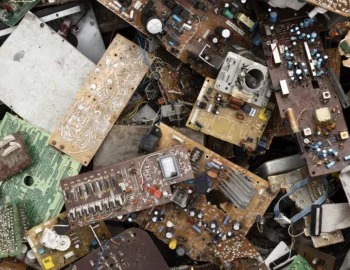Introduction
Regarding section 22 of Work Health and Safety Act 2011, the designer must ensure that the plant, substance or structure is designed to be without risks to the health and safety of persons who use the plant, substance or structure, who handle the substance at a workplace, who store the plant or substance at a workplace, who construct the structure at a workplace, who carry out any reasonably foreseeable activity, or who are at or in the vicinity of a workplace.
Figures released by Safe Work Australia estimate the cost associated with work-related injury and illness to be more than $60 billion dollars per year. Targets to be achieved by 2022 introduced in the Australian-WHS-Strategy-2012-2022 include:
- A reduction in the number of worker fatalities due to injury of at least 20 per cent
- A reduction in the incidence rate of claims resulting in one or more weeks off work of at least 30 per cent, and
- A reduction in the incidence rate of claims for musculoskeletal disorders results in one or more weeks off work of at least 30 percent.
Healthy and safe design is one of the seven action plans introduced in this document to achieve these targets with the outcome of elimination or minimisation of hazard by design.
Why SID is important in Australia
According to Section 22 of Work Health and Safety Act 2011, the designer must ensure that the plant, substance or structure is designed to be without risks to the health and safety of persons who use the plant, substance or structure, who handle the substance at a workplace, who store the plant or substance at a workplace, who construct the structure at a workplace, who carry out any reasonably foreseeable activity, or who are at or in the vicinity of a workplace?
So, as a result of not being to show that your team is aware of Safety In Design and the relevant legislation, do you take the risk of being liable for any WHS incidents?
Definition of Safe Design
The integration of hazard identification and risk assessment methods early in the design process to eliminate or minimise the risks of injury throughout the life of the product being designed. It encompasses all design including facilities, hardware, systems, equipment, products, tooling, materials, energy controls, layout, and configuration. A safe design approach begins in the conceptual and planning phases with an emphasis on making choices about design, materials used and methods of manufacture or construction to enhance the safety of the finished product. The safe design will always be part of a wider set of design objectives, including practicability, aesthetics, cost and the functionality of the product.
Safety in the design of a structure considers the safety of those who construct, maintain, clean, repair & demolish a structure. This Process includes research and development, conceptual design, general design, drawings, plans, systems, quantities, method of construction or manufacture, detailed cost and risk analysis (including analysis of OHS risks), feasibility, detailed design, technical specification and redesign.
The benefit of Safe Design
A safe design approach results in many benefits, including:
- prevention of injury and disease
- improved useability of products, systems and facilities
- improved productivity
- reduced costs
- better prediction and management of production and operational costs over the lifecycle of a product
- compliance with legislation, and
- innovation, in that safe design, demands new thinking.
Construction Hazard Assessment Implication Review (CHAIR)
Among various risk assessment tools such as HAZID, HAZOP, FMEA, FTA, ETA, the Construction Hazard Assessment Implication Review (CHAIR), is developed as a customized risk assessment tool for the construction industry as a tool to assist designers, constructors, clients and other key stakeholders to come together to reduce construction, maintenance, repair and demolition safety risks associated with design. The primary aim of a CHAIR is to identify and eliminate or minimise risks in a design as soon as possible in the life of a project through three phases in order to improve constructability and maintainability. This process includes three stages shown in the following figure.
CHAIR ONE is performed at the conceptual stage of a design, which is the best opportunity to make fundamental change, even though much of the design is still to be determined.
CHAIR TWO focuses on construction and demolition issues and is performed just prior to construction when the full detailed design is known.
CHAIR THREE focuses on maintenance and repair issues and is performed at the same time as the CHAIR 2 study.
How ISO Consulting Services can help you
Please contact us to find out how our training courses, workshops and coaching sessions can assist you to meet all relevant legislation in your safety in design practice
Our expertise is to help our clients develop, implement, certify and maintain their management system through a hassle-free process and with a…
Read MoreThe National Disability Insurance Scheme (NDIS) provides about 460,000 Australians under the age of 65 with a permanent and significant disability with…
Read MoreAs the aged population is growing in Australia, the need for a range of care, accommodation, hospitality, and other services is undeniable. To address this growth…
Read More










